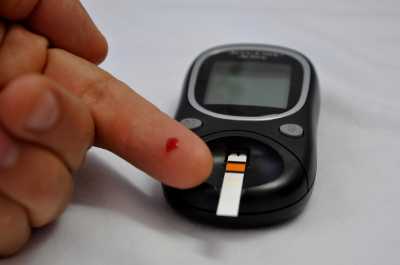Author Interviews, Education, Pediatrics / 29.11.2017
Kids Who Have Difficulty Spelling Can Have Trouble Writing As Well
MedicalResearch.com Interview with:
Sonia Kandel PhD
Professor at the GIPSA-Lab
Université Grenoble Alpes
MedicalResearch.com: What is the background for this study? What are the main findings?
Response: How do we recall a word’s spelling from memory? How do we execute the movements to produce letters? A series of studies conducted by Professor Sonia Kandel at the GIPSA-Lab/University of Grenoble Alpes in France provide evidence indicating that writing is a linguistic process that affects the way we execute the manual movements when we write. For example, the movements involved in writing T-H-R are easier to execute in a word that is pronounced as it is spelled, (e.g. “thrill”) than in a word that is orthographically irregular (e.g. “through”). What happens with writing when spelling processes are impaired like, in dyslexia and dysgraphia?
(more…)





